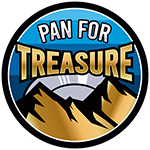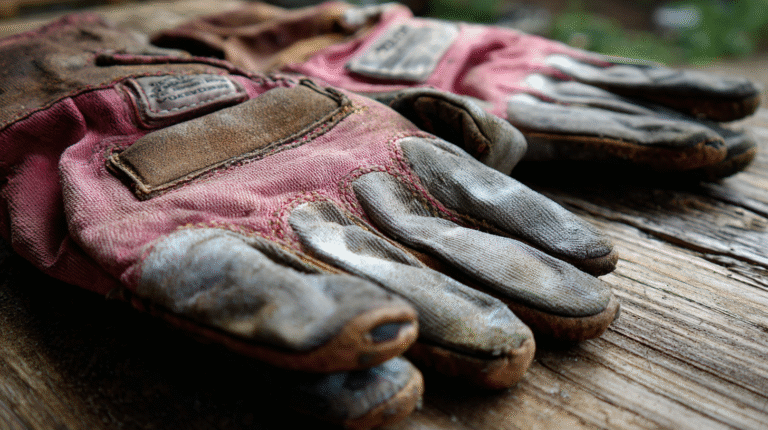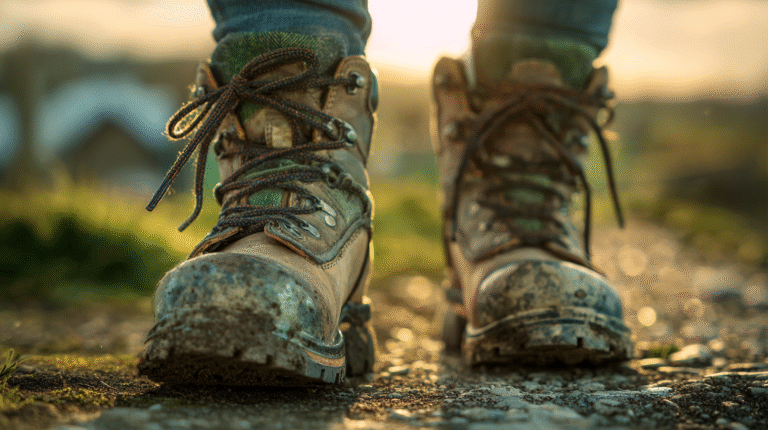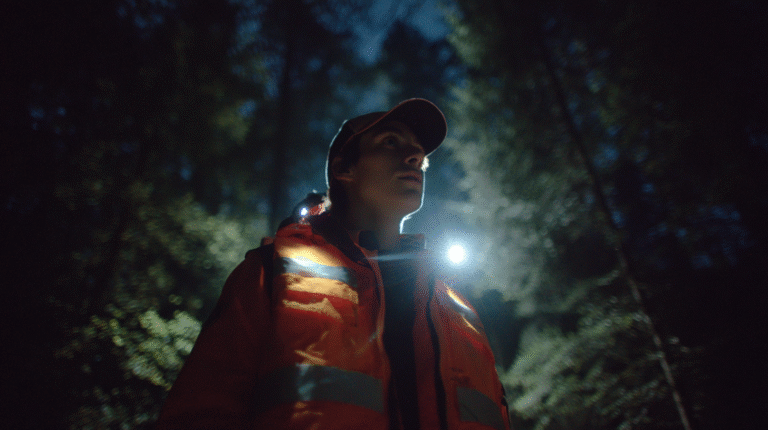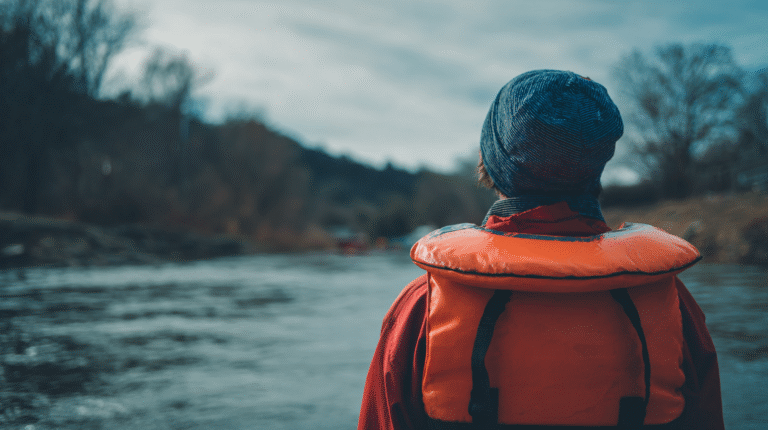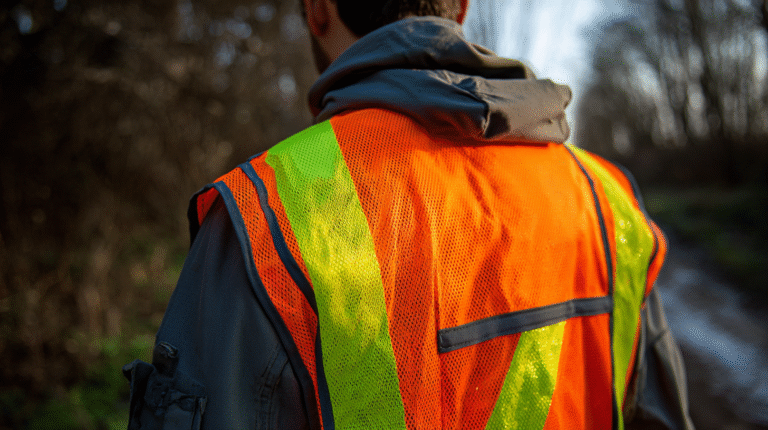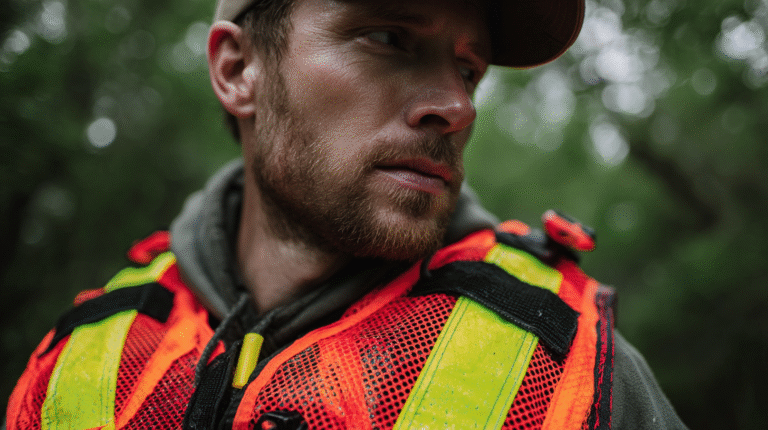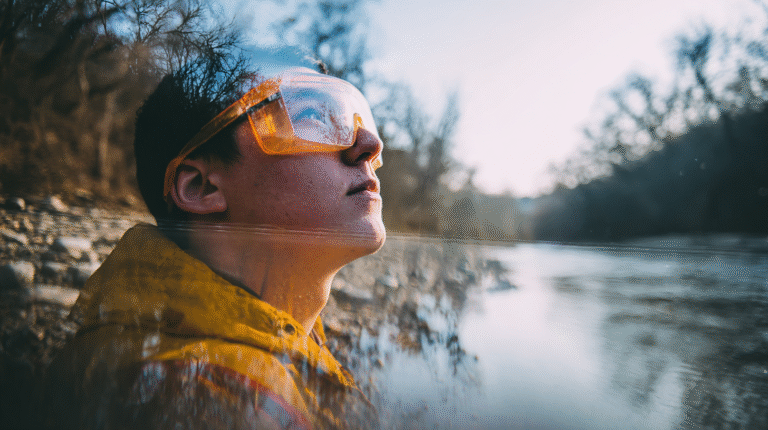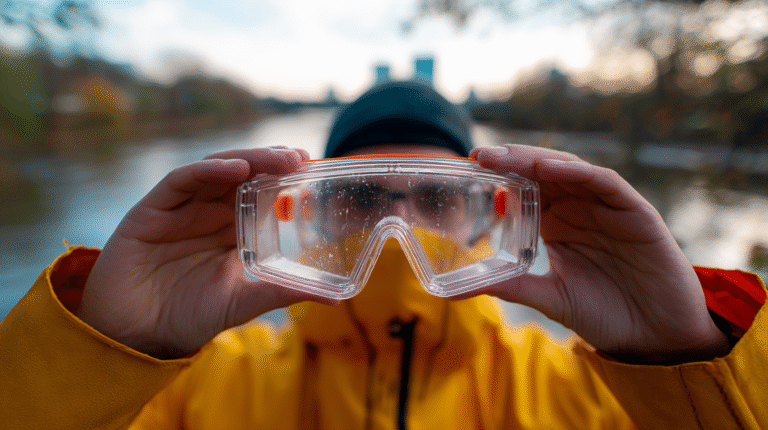
Prospecting Safely: Gold Panning Safety and Regulations
Gold panning is not only an exciting hobby but also a pursuit deeply rooted in the preservation of nature and adherence to responsible practices.
Ensuring your safety and understanding the regulations that govern gold panning is crucial to a successful and enjoyable prospecting experience.
In this comprehensive guide, we will explore the importance of safety and the regulations that help protect both prospectors and the environment.
Safety First: Gold Panning Essentials
Before diving into the intricacies of gold panning regulations, let’s begin with the basics of ensuring your safety while out in the field:
1. Personal Protective Gear:
- Dress appropriately for the conditions, including sturdy boots, gloves, and clothing suitable for the environment.
- Don’t forget sun protection and insect repellent for warmer climates.
2. First Aid Kit:
- Carry a basic first aid kit that includes essential items like bandages, antiseptic wipes, and any personal medications.
3. Communication:
- Ensure someone knows your whereabouts and estimated return time.
- Consider bringing a communication device, especially if you’ll be in remote areas with limited cell reception.
4. Hydration and Nutrition:
- Stay hydrated throughout your prospecting trip and pack enough food to sustain your energy levels.
5. Equipment Safety:
- Familiarize yourself with your gold panning tools and their safe usage to prevent accidents.
Understanding Gold Panning Regulations
1. Local Regulations:
- Research and adhere to local regulations governing gold panning in your chosen prospecting area.
- Pay attention to any restricted zones, permit requirements, or specific rules related to prospecting.
2. Environmental Considerations:
- Respect protected areas, wildlife habitats, and waterways by following Leave No Trace principles.
- Always dispose of waste and litter responsibly.
3. Wildlife Interaction:
- Be aware of local wildlife and take precautions to avoid encounters, especially in regions with potentially dangerous animals.
4. Historical Sites:
- Avoid damaging historical or cultural sites during your prospecting activities.
5. Water Quality:
- Ensure that your panning activities do not contaminate water sources with chemicals or debris.
Ethical Gold Prospecting
In addition to safety and regulatory compliance, ethical gold prospecting is a core component of responsible mining. Here are some ethical considerations to keep in mind:
1. Fill Your Holes:
- Always fill any holes or disruptions created during prospecting to minimize environmental impact.
2. Minimize Disturbance:
- Try to minimize the disturbance of natural landscapes and habitats while panning for gold.
3. Educate and Share:
- Share your knowledge and passion for responsible prospecting with others to promote ethical practices within the community.
4. Report Discoveries:
- If you stumble upon any significant historical or archaeological finds, report them to local authorities to ensure their preservation.
Conclusion
Prospecting safely and responsibly is not only a legal requirement but also an ethical obligation to the environment and the broader prospecting community.
By following safety guidelines, respecting regulations, and upholding ethical standards, you can ensure that your gold panning adventures are not only successful but also sustainable for future generations of prospectors.
As you prepare for your next prospecting excursion, remember that safety and ethical practices go hand in hand with the thrill of the hunt for gold.
Enjoy your adventures responsibly, leave a minimal footprint, and treasure the natural beauty that surrounds you during your prospecting journey. Happy and safe panning!
Pins for Pinterest
If you like what you see, feel free to share some love on Pinterest ❤️
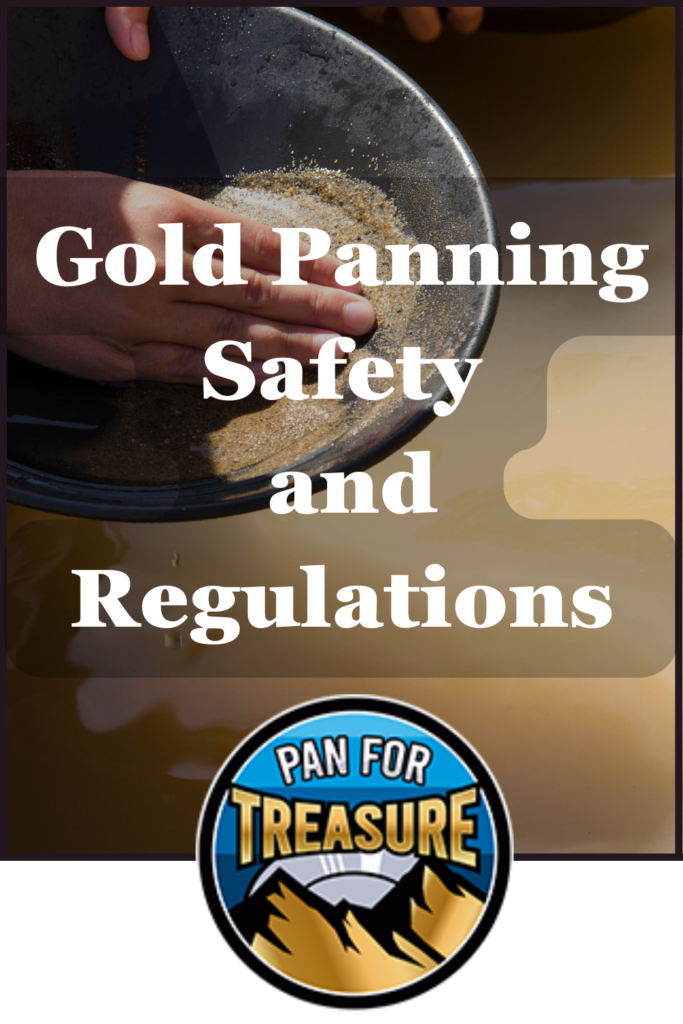
Subscribe to Our Newsletter
